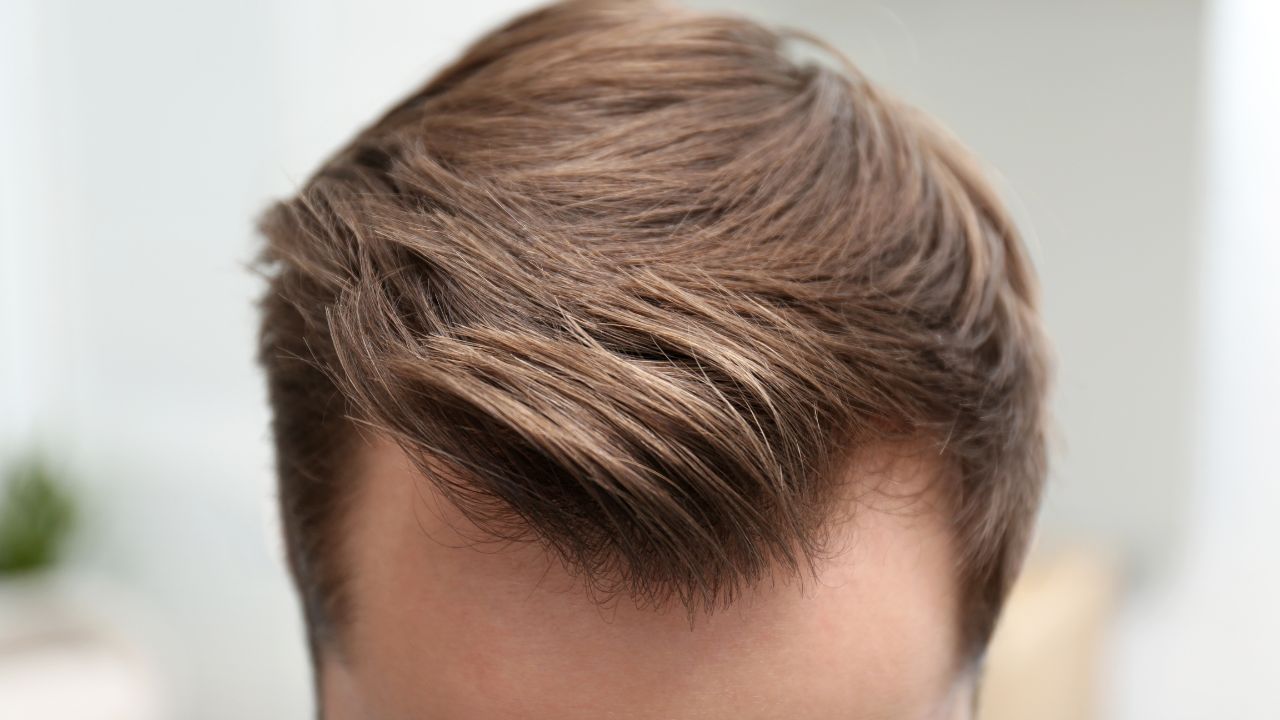How do you know what is the best type of hair transplant for you? What are the advantages and disadvantages of each method? What are the results?
Hair loss is a common problem that affects millions of people around the world. It can have a negative impact on your self-esteem, confidence, and appearance.
Fortunately, the following best types of hair transplants are available to restore your hair and improve your quality of life.
By comparing the methods of hair transplant, you can identify the most suitable approach for your needs. Every method had tits benefits and disadvantages and here we demonstrate some general features of each method.
What is a hair transplant?
A hair transplant includes removing hair follicles from a donor area and implanting them into a recipient area where you have hair loss. Your hair follicles are harvested by one of the below methods:
- Follicular unit extraction (FUE)
- Follicular unit transplantation (FUT)
FUE involves extracting your hair follicles using a small sharp punch. FUT is an older and more traditional technique that includes cutting a strip of skin from the donor area and dissecting it into smaller grafts containing hair follicles.
Both methods require local anesthesia and can take several hours to complete, depending on the number of grafts needed.
Your transplanted hair follicles are going to grow naturally and permanently in the recipient area, creating a natural and dense hairline.
Types of hair transplant
Different types of hair transplants vary in the way the hair follicles are extracted and implanted. Some of the most common types are:
FUE hair transplant
This is the most popular and one of the best types of hair transplant, as it offers minimal scarring and faster recovery.
FUE surgery includes extracting individual hair follicles from the donor area by utilizing a small punch device and implanting them into tiny incisions made in the recipient area. It can be done manually, using a handheld device, or robotically.
Robotic FUE hair transplant is the most advanced and precise type of FUE. It uses a robotic arm and a camera to locate and extract the best hair follicles and implant them with optimal angle and density. Robotic FUE is also the best hair transplant method, as it offers:
- Highest success rate
- Lowest complication rate
- Most natural and aesthetic results
FUT hair transplant
This is the oldest and most traditional type of hair transplant, but it is still widely used by some surgeons.
During FUT the surgeon cuts a strip of skin from the donor area, usually the back of the head, and dissects it into smaller grafts containing hair follicles. Then he implants grafts into the recipient area using a needle or a blade.
This method is more invasive and painful than FUE. FUT method leaves a linear scar in the donor area that may be visible if the hair is short or shaved.
FUT also requires a longer recovery time and has a higher risk of infection and bleeding. However, this surgery can provide more grafts in 1 session and can be more suitable for patients with a large balding area or a low donor density.
DHI hair transplant
This is a variation of FUE that uses a special device called an implanter pen.
DHI involves extracting hair follicles from the donor area using a punch device and loading them into the pen. The pen then makes a small incision and implants the hair follicle in one step without the need to create separate incisions beforehand.
DHI can offer more precise and accurate implantation, as well as less trauma and bleeding to the scalp. It can also provide more density and naturalness as the hair follicles are implanted at the right angle and direction.
This method guarantees full growth of 90% of implanted hair follicles. Also, the result of this approach for hair transplant permanent and provides lasting results.
However, DHI can be more expensive and time-consuming than FUE, as it requires more skill and experience from the surgeon and the technicians.
This surgery may be less suitable for those with curly or coarse hair, as the hair follicles can be damaged during the loading and implantation.
What is the most suitable type of hair transplant for me?
The best type of hair transplant for you depends on several factors, such as:
- Age
- Gender
- Hair type
- Hair loss pattern
- Donor area quality
- Budget
- Expectations
There is no one-size-fits-all solution, and you should consult an experienced hair transplant surgeon to get a personalized recommendation.
However, some general guidelines are:
- If you want the most advanced, precise, and best type of hair transplant, with less scarring, sooner recovery, and more natural results, you should choose a robotic FUE hair transplant. This method uses the latest technology and the highest standards of quality and safety. Robotic FUE hair transplant can also be combined with other procedures, such as beard transplant, PRP therapy, or eyebrow transplant in Iran, to enhance your overall appearance and confidence.
- If you have a large balding area or a low donor density, and you don’t mind having a linear scar on the back of your head, you can opt for a FUT hair transplant. This type of hair transplant can provide more grafts in one session and can cover a larger area of hair loss. However, you should be aware of the risks and hair transplant side effects of FUT, such as infection, bleeding, and poor wound healing. You should also be prepared for a longer and more painful recovery period.
- When you want a more precise and accurate type of FUE, with fewer complications and more density, you can consider a DHI hair transplant. This method, which is one of the best types of hair transplant, can offer more control and customization over the implantation process and can create a more aesthetic and harmonious hairline. However, you should be ready to pay more and spend more time.
FUE vs. FUT hair transplant: which is better?
They have different advantages and disadvantages, and they can suit different patients and situations. The comparison between FUE and FUT can be summarized as follows:
| FUE | FUT |
| Less invasive and painful | More invasive and painful |
| Minimal scarring (small dots) | Linear scarring (strip) |
| Faster recovery (a few days) | Longer recovery (a few weeks) |
| More natural results | Less natural results |
| Higher success rate | Lower success rate |
| Lower complication rate | Higher complication rate |
| More expensive | Less expensive |
| More time-consuming | Less time-consuming |
| Suitable for small to medium balding areas | Suitable for large balding areas |
| Suitable for any hair type | Suitable for straight and fine hair |
As you can see, FUE has more benefits and fewer drawbacks than FUT, and it is generally considered the superior method of hair transplant. However, FUT can still be a viable option for some patients who have a large balding area or a low donor density, and who are not concerned about the scar or the recovery time. Ultimately, the choice among these surgeries depends on your personal preference and your consultation with your hair transplant surgeon.
DHI vs. FUE: which is better?
DHI and FUE are both variations of FUE that differ in the way the hair follicles are implanted into the recipient area. Mostly, they have similar advantages and disadvantages, and they can suit different patients and situations.
DHI vs. FUE can be summarized as follows:
| DHI | FUE |
| More precise and accurate implantation | Less precise and accurate implantation |
| Less trauma and bleeding to the scalp | More trauma and bleeding to the scalp |
| More density and naturalness | Less density and naturalness |
| More expensive | Less expensive |
| More time-consuming | Less time-consuming |
| Requires more skill and experience | Requires less skill and experience |
| Not suitable for any hair type | Suitable for any hair type |
As you can see, DHI has more benefits and fewer drawbacks than FUE, and it is generally considered the superior type of FUE. However, FUE can still be a good option for some patients who are looking for a more affordable and faster type of hair transplant. The choice between these methods depends on your personal preference and your consultation with your hair transplant surgeon.
You can benefit from our professional consultation with our surgeons to find out the best hair transplant methods based on your needs.
LyaMed Provides The Best Type of Hair Transplant in Iran!
Ready to restore your hair and confidence? Whether you have a small or large balding area, we can help you achieve the most natural and aesthetic results with hair transplant in Iran.
Contact LyaMed today and get a free consultation. We offer the best hair transplant methods, including robotic FUE, FUT, and DHI.





0 Comments